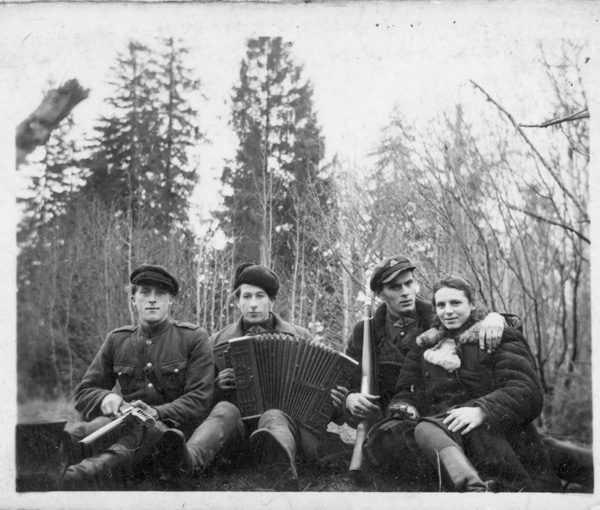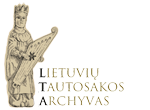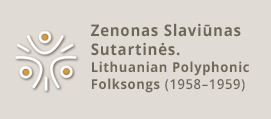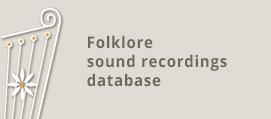 |
Lithuanian Folk Music Phonogram CollectionThe collection comprises the oldest documents kept in the Audio Collection of the Lithuanian Folklore Archives — recordings on phonograph cylinders (LTRF v) and phonograph disks (LTRF pl). The first part of the collection is made up of 117 phonograph cylinders which were recorded between 1908–1949. Eduard Wolter was the first member of the Lithuanian Science Society to start recording Lithuanian folk music. Using Edison’s phonograph, he recorded Lithuanian folk songs, and melodies played on multi-pipe whistles skudučiai and bagpipes from 1908–1909 in the eastern and southern regions of Lithuania as well as in a Lithuanian enclave that is now in Belarussian territory — Zietala. Up until today 113 of his recorded cylinders survived, and a large part of them are kept in the Berlin Phonogram Archive, while only 14 original cylinders are kept in the Audio Collection of the Lithuanian Folklore Archives. From 1909–1912 Jonas Basanavičius also used a phonograph to record folk songs, and today we have 22 of his cylinders, which contain 40 songs.
|
 |
Folklore Collections of the Lithuanian Science SocietyFrom 1907–1939 the members of the Lithuanian Science Society (Lith. Lietuvių mokslo draugija – LMD) gathered previously documented manuscript folklore collections, collected folklore themselves, and encouraged others to do the same. The inherited collections were numbered and entered into an inventory book, however it is obvious that a portion of the collections were not described. Others were borrowed and never returned to the archive, and thus remained in private collections. Up until the present day, the Lithuanian Folklore Archives have preserved the majority of this collection, comprising 1,269 folklore compilations (over 50,000 pages, 82,000 folklore items) that were recorded in the 19th–first part of the 20th centuries. The collection was digitized in 2010–2012 in accordance with the Lithuanian Science Council funded project “Lithuanian Folklore Archives: digitization and dissemination of collections”, and made accessible in the Lithuanian Folklore Archives database. The Lithuanian Science Society’s collection comprises three funds — LMD I, LMD II, and LMD III. The digitized registration book of these funds can be found in the section of inventory documents. |
 |
Recordings of Post-WWII Resistance Fighters’ SongsA large and continuously updated collection of magnetic sound recordings is housed at the Lithuanian Folklore Archives (magnetic tapes and audiocasettes amounting to around 8,500 hours). The first sound recordings were made on magnetic tape in 1952 when fighters of the national resistance were still hiding in Lithuania’s forests, and were persecuted by the secret service of the Soviet Union. At that time, a new style of song was being sung in Lithuanian villages, created by the resistance fighters themselves as well as their supporters — village poets. These songs told of the fate of the resistance fighters, their battles and deaths. The notebooks in which these songs were recorded were hidden away because any contact with resistance fighters, uncovered clues, or any compromising materials, risked the threat of imprisonment or deportation. The folklore collectors were unable to record these songs as well, because if the Management of the Institute found out, they would be fired. However, in the later Soviet years some of the songs “slipped through” and wound up in the archive (some of the first recordings of these songs were made in 1978). Once the national independence movement started, the resistance songs were sung in public and documenting them became a priority. Thus, an especially large number of these songs were recorded in the 1990s. |









